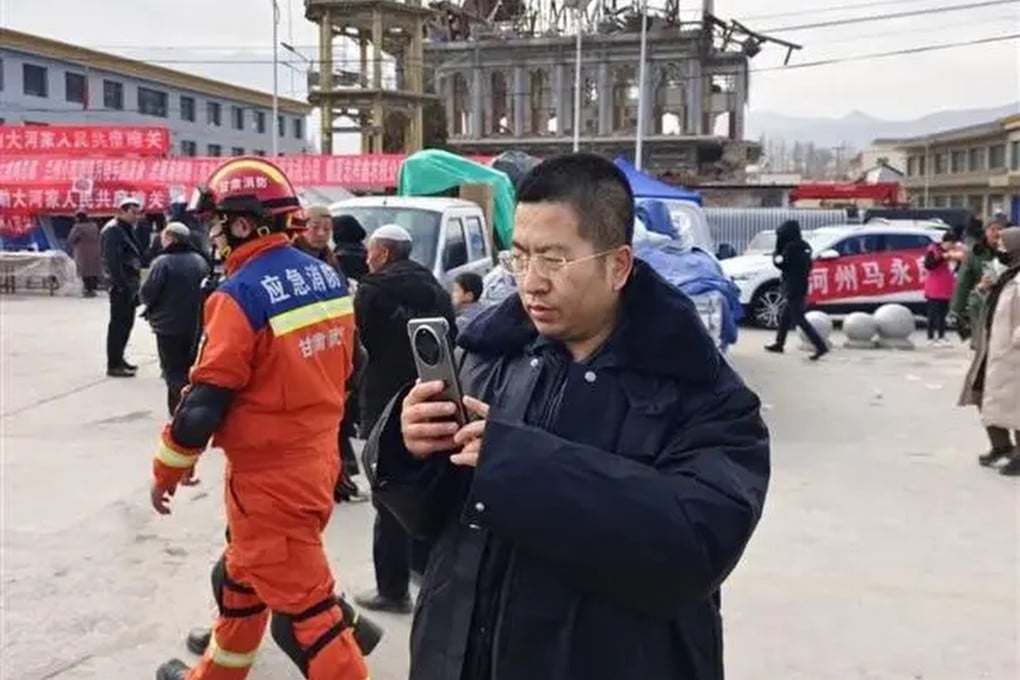Advertisement
How Chinese scientists made satellite calls on smartphones possible – it was all down to Project Babel
- A 2008 earthquake in China has led to technological advances, with some smartphones now able to support satellite calls
- In trying to solve the issue of passive intermodulation, Chinese scientists have created the world’s first simulation software
Reading Time:4 minutes
Why you can trust SCMP
28

Stephen Chenin Beijing
In 2008, a massive magnitude-8 earthquake hit Sichuan, a southwestern province of China.
More than 80,000 people lost their lives in a disaster compounded by disruptions to communications in many towns, which hindered rescue efforts.
Following the tragedy, the Chinese government quietly launched the Tiantong Project to set up a satellite communication system accessible to everyone, regardless of socio-economic status.
Now, 16 years on, the project has led to major advances in satellite communication and new trends in mobile phone development.
Tiantong means “connecting with heaven” and it echoes the biblical story of the Tower of Babel.
Satellite communication will gradually become popular among the general public
The first satellite of the Tiantong-1 series was launched on August 6, 2016, with the second and third satellites following in 2020 and 2021. The three form a network in a geosynchronous orbit at an altitude of 36,000km (22,369 miles), covering the entire Asia-Pacific region from the Middle East to the Pacific Ocean.
Advertisement